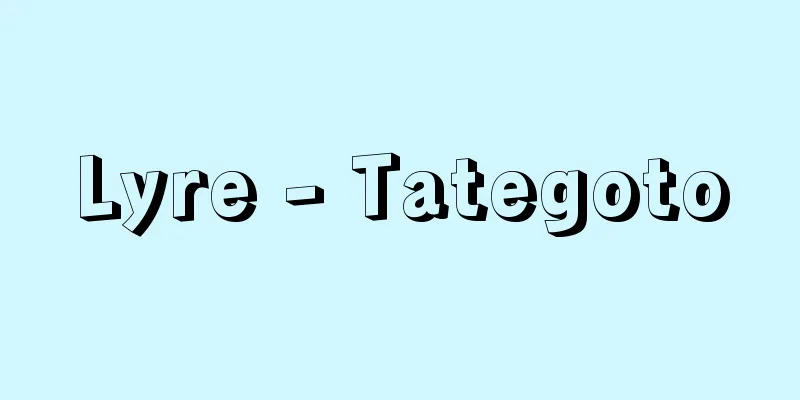Grazing - Hoboku

|
This is a rearing method in which livestock are allowed to roam free on grassland and eat fresh grass freely. It is good for the health of livestock because they can exercise sufficiently and be exposed to fresh air and sunlight. It is especially essential for raising young livestock. In addition, since fresh grass is used directly, there is no loss of nutrients, and when raising multiple animals, it is an advantageous rearing method because it saves labor. The main target of grazing is herbivorous livestock such as beef cattle, dairy cows, horses, sheep, and goats. The optimal grazing season is from spring to autumn, when grass is growing, and seasonal grazing is usually only carried out during this period. There are various grazing methods, including continuous grazing, in which a large pasture is used continuously throughout the grazing season, and rotational grazing, in which the pasture is divided into several small pastures and used in succession to allow the grass to rest for a certain period of time and recover. The latter is a rational method that does not destroy the pasture. A further intensive method of grazing is strip grazing, whereby many small pastures large enough for grazing for a day or half a day are set up, and electric fences that give an electric shock to livestock when they touch them are moved in sequence to drive the livestock into the small pastures and enclose them, preventing them from grazing on the regrown grass in the area where they were previously grazing. When raising a small number of animals, tethering is sometimes used, where animals are tethered to a grassland and allowed to use only a certain area of grass. Special methods include grazing within forests to reduce the labor required for weeding in reforested areas, and mixed grazing in which beef cattle and sheep are grazed together, taking advantage of differences in selective feeding habits for grass species. In warm regions, year-round grazing is practiced in large pastures where winter grazing is also possible. Pastures require fences, watering points, salting points, shade forests, etc. [Nishida Tomoko] [Reference] |Source: Shogakukan Encyclopedia Nipponica About Encyclopedia Nipponica Information | Legend |
|
家畜を草地に放し飼いにして生草を自由に摂取させる飼育法をいう。十分運動でき、新鮮な外気と日光に接しうるので家畜の健康にもよい。とくに子畜の育成には不可欠である。また直接生草が利用されるので養分の損失がなく、多頭飼育の場合は労力の省力化ができるので有利な飼育法である。放牧の対象となるのは主として肉牛、乳牛、ウマ、ヒツジ、ヤギなどの草食家畜である。放牧シーズンは草生期間である春から秋にかけてが適期で、普通はこの期間のみの季節放牧が行われる。放牧方式は多様で、放牧地を大きい一牧区のまま放牧シーズン中継続利用する連続放牧、放牧地をいくつかの小牧区に分けて順次変えて利用することによって草地を一定期間休息させて草生回復を図る輪換放牧があり、後者は牧野を荒廃させない合理的な方法である。これをさらに集約化して1日または半日だけ放牧させる広さの小牧区を多数設けて、家畜が触れると電気ショックを与える電気牧柵(ぼくさく)を順次移動させて家畜集団を小牧区内に追い込んで囲み、採食跡地の再生草の二度食いを避ける帯(おび)状放牧という放牧法もある。少頭飼養では草地に繋留(けいりゅう)して一定範囲の牧草のみを利用させる繋牧が行われることもある。 特殊な方式としては、植林地の下刈り労力の節減のため林内放牧したり、草種に対する選択採食性の差を利用して肉牛とヒツジとをいっしょに放牧する混合放牧がある。暖地で冬期放牧も可能な広大な牧野では年間通じて周年放牧が行われる。放牧地には牧柵、給水場、給塩場、庇陰(ひいん)林などが必要である。 [西田恂子] [参照項目] |出典 小学館 日本大百科全書(ニッポニカ)日本大百科全書(ニッポニカ)について 情報 | 凡例 |
Recommend
Arfvedsonite
…It is also found in ultramafic rocks such as per...
Hizen [town] - Hizen
A former town in Higashi Matsuura County in the no...
Underground film - Underground film
This refers to privately produced, non-commercial ...
Curtissy - Curtissy
...There are many variations, and the leaves of P...
Varian, S.
…Also called a velocity modulation tube. A vacuum...
Ikidai - Ikidai
...These indicate that red sea bream blooms in th...
Rajomon Gate
It can also be read as "Raseimon" or &q...
Kara Yousuf - Kara Yousuf
...The founder, Bayram Khwāja, gained independenc...
Hieda no Are - Hieda no Are
Date of birth and death unknown. He lived between...
Benefit Administration - Kyufugyosei
A concept proposed by E. Forsthoff of Germany in t...
Enterobacteriaceae
…The distribution of bacteria in the intestines i...
Mimulus sessilifolius
A perennial plant of the Scrophulariaceae family. ...
Asahikai - Asahikai
...He is the head of the Chikuzen Biwa Tachibana ...
《Enri Hijutsu》
...Similar calculations are also shown for a regu...
Land value tax - Chikazei
This is one of the national taxes introduced in J...



![Lufthansa German Airlines [company] - Lufthansa Germany Airlines (English name) Deutsche Lufthansa AG](/upload/images/67cd31867afda.webp)





